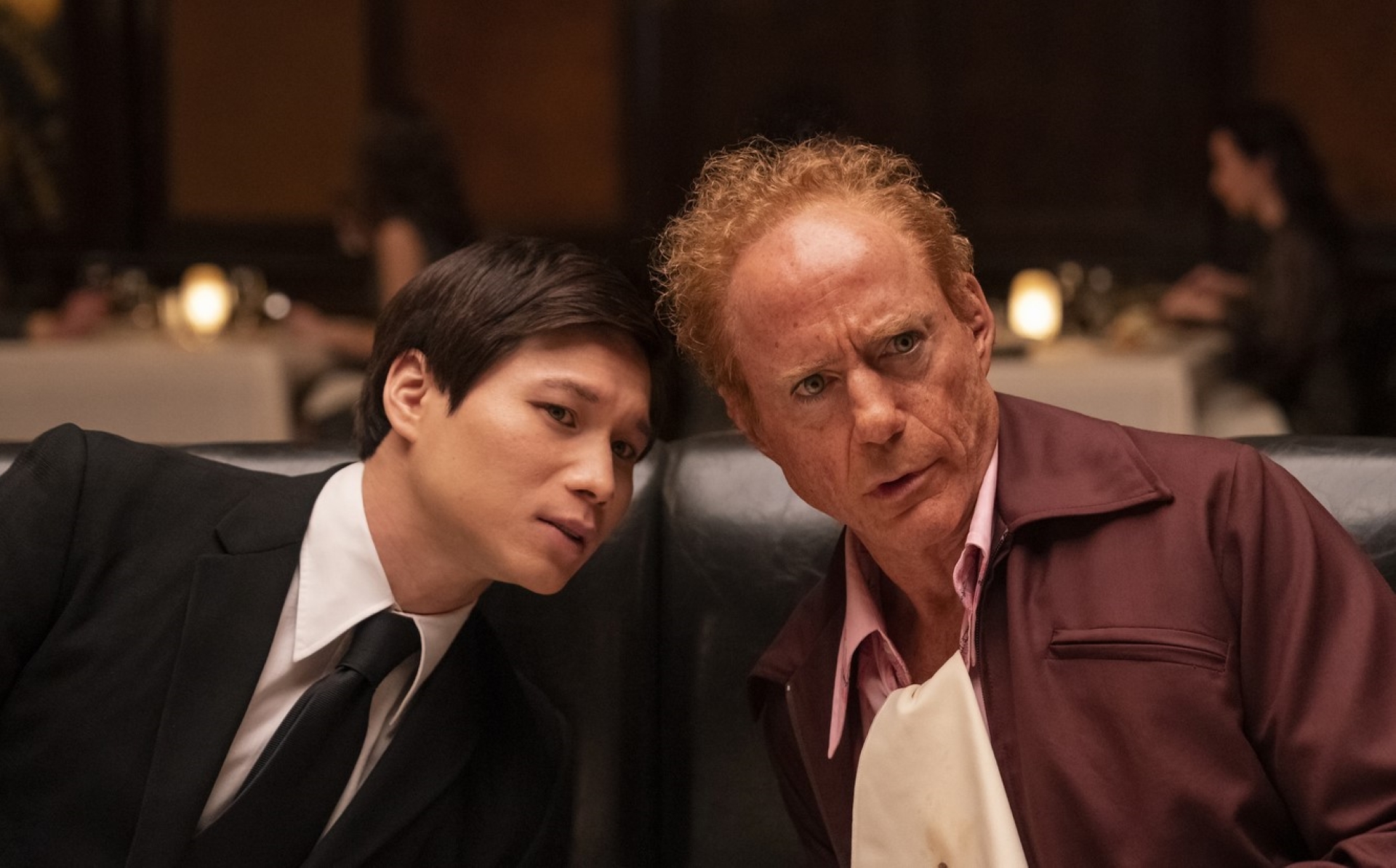The syndrome that forced Sandra Bullock to take a break
As she promoted her movie 'The Lost City,' a hilarious epos with Channing Tatum as its co-star, Sandra Bullock surprised everyone, announcing she was taking a break from acting.
She explained her decision to The Hollywood Reporter: "I take my job very seriously when I'm at work. It's 24/7 and I just want to be 24/7 with my babies and my family."
Sandra Bullock has been constantly working in the movie industry for more than 30 years. The level of psychological stress she experienced during that time has led her to an issue many workers struggle with: burnout.
In the picture, Sandra Bullock and Matthew McConaughey in 'A Time to Kill' (1996).
This syndrome or physical state is caused by high levels of stress experienced in the workplace.
In Sandra Bullock's case, she came to a point where "I'm so burnt out. I'm so tired, I'm so not capable of making healthy, smart decisions and I know it." So, before collapsing, she decided to take a step back.
In 2022, the actress said she was not sure when she would be returning: "I don't know (for how long), I don't know. Until I don't feel like I feel now when I'm in front of a camera."
Burnout is not something exclusive to Hollywood's crazy schedules and workload. This syndrome affects millions of people in any business or industry.
The World Health Organization (WHO) has recognized burnout as a syndrome that causes many health problems and whose origin is related to work stress.
Image: National Cancer Institute / Unsplash
In fact, in the 11th Revision of the International Classification of Diseases, burnout has officially been included.
Image: Sigmund / Unsplash
People suffering from burnout are unable to perform normally in their jobs, because, when facing high levels of stress, their systems react by blocking their minds and bodies.
Image: Danny G. / Unsplash
To really understand burnout syndrome, we need to know what it is, what the symptoms are, how we can identify it, and how we treat it.
Image: Annie Spratt / Unsplash
There are three main symptoms of burnout: emotional and physical exhaustion (extreme fatigue); feeling detached from reality (mood and behavioral changes); and being less productive (unable to complete simple tasks).
Image: NRD / Unsplash
The disease can also be the root of other symptoms: low self-esteem, feeling uneasy, lack of concentration, headaches, tachycardia, insomnia, impatience, or deficient communication.
Image: Ben Blennerhassett / Unsplash
Living under that amount of stress without tackling the problem will submerge you in a pool of negative energy which could end up affecting your family, work, and personal relationships. It creates a vicious circle.
Image: Elisa Ventur / Unsplash
The diagnosis of burnout syndrome must be carried out by psychologists and psychiatrists. They will identify if the patient's symptoms are caused by stress or any other reason.
Image: Sigmund / Unsplash
Luckily, nowadays, asking for the help of a mental health professional is no longer a big taboo. Visiting a therapist is something that people are normalizing.
Image: Sigmund / Unsplash
Thanks to the different tools used by psychologists and psychiatrists, they are able to determine which level the patient is at. Sometimes, just asking the right questions will do.
Image: Julia Taubitz / Unsplash
Light burnout: light tiredness, not feeling like doing anything
Moderate burnout: negativity makes you unsure about everything in your life
Severe burnout: substance consumption and deterioration of relationships
Extreme burnout: negative thoughts, even considering taking your own life
Image: Hernán Sánchez / Unsplash
Since burnout can get to a scary point, it's essential to accept the help of a professional. The sooner, the better.
Image: Claudia Wolff / Unsplash
Ideally, taking a break and spending time with friends and family in a calm and safe space would be a great first step. Unfortunately, not everyone is as privileged as Sandra Bullock, and taking a break from your job may not be an option.
Image: Nik Shuliahin / Unsplash
Most people are able to overcome the syndrome by getting the right help. A psychologist will give you the guidelines you need to get well, slowly but surely.
Image: Taylor Deas Melesh / Unsplash
People in a state of burnout are advised to be more self-aware, make changes (if possible) in their work environment, take up some healthy habits, and, if prescribed by a professional, take anti-depressants.
Image: Kulli Kittus / Unsplash
Every recommendation and step to get better must be accompanied by cognitive behavioral therapy. This will ultimately be your guide on the path to overcoming burnout.
Image: Cottonbro / Pexels


































